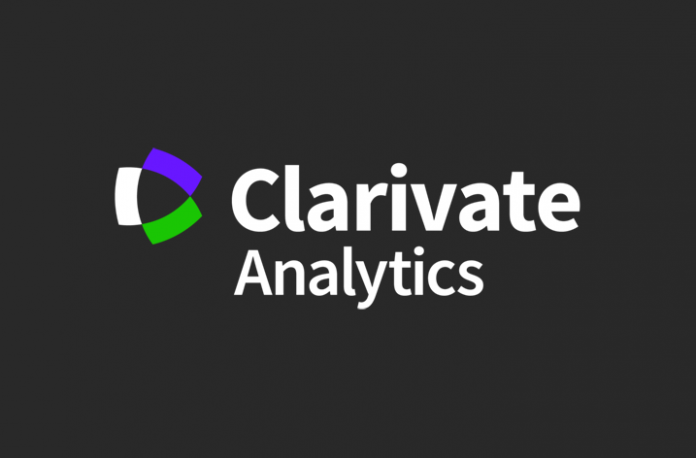
A new report released today by the Institute for Scientific Information at Clarivate Analytics identifies a growing number of research articles in the Web of Science with 1,000 or more unique authors across more than 100 different countries. Multi-authorship and research analytics examines the effects of complex and hyper-authorship by author, country, and discipline.
The report argues that data resulting from articles with hyper-authorship, beyond 100 authors and/or 30 countries, produces such erratic, even potentially distorting outcomes, that it should be removed from analysis at a national and institutional level.
The report also describes the combination of many authors plus many countries as driving a complex authorship pattern that differs from more typical academic papers and leads to elevated citation rates. One additional country on an article has a greater citation benefit than one additional author, and author count is linked to a slight but continuous impact rise whereas country count is linked to a steeper impact rise.
The report also finds:
- Complex authorship (many people, many countries) has continued to rise in the last five years with the dramatic emergence of articles with more than 100 countries
- The most frequent number of authors on an article is three and 95% of articles analyzed (14.9 million) have ten or fewer authors
- Author count is linked to a slight but continuous impact rise in Category Normalized Citation Impact (CNCI)
- 99% of articles have authors from five or fewer countries
- Country count is linked to a steeper and more erratic impact rise in CNCI
Dr Jonathan Adams, Director, Institute for Scientific Information, Web of Science Group said: “A small but growing number of hyper-authored research articles are driving seriously elevated citation rates and may skew any impact analysis of the scientific literature.
“In Multi-authorship and research analytics we recommend that: articles with more than ten authors should be acknowledged and separately described because they will influence interpretation; and articles with hyper-authorship be treated differently with a strong argument for removing these data from all analyses at a national and institutional level.”
The report acknowledges that author and impact patterns can vary hugely between disciplines. For example, the Biomedical sciences appear commonly now to require large teams whereas Physics is both rooted in smaller, traditional teams whilst also supporting work dependent on massive hyper-collaboration.






















